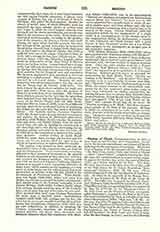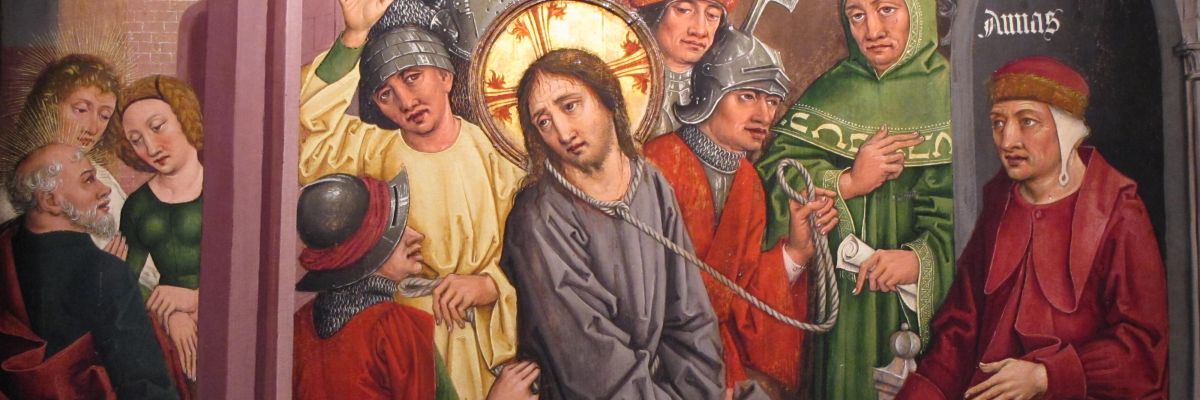

Passion of Christ, COMMEMORATION OF THE, a feast kept on the Tuesday after Sexagesima. Its object is the devout remembrance and honor of Christ’s sufferings for the redemption of mankind. Whilst the feast in honor of the instruments of Christ’s Passion—the Holy Cross, Lance, Nails, and Crown of Thorns—called “Arma Christi”, originated during the Middle Ages, this commemoration is of more recent origin. It appears for the first time in the Breviary of Meissen (1517) as a festum simplex for November 15 The same Breviary has a feast of the Holy Face for January 15, and of the Holy Name for March 15 [Grotefend, “Zeitrechnung” (Hanover, 1892), II, 118 sqq.]. These feasts disappeared with the introduction of Lutheranism. As found in the appendix of the Roman Breviary, it was initiated by St. Paul of the Cross (d. 1775). The Office was composed by Thomas Struzzieri, Bishop of Todi, the faithful associate of St. Paul. This Office and the corresponding feast were approved by Pius VI (1775-99) for the Discalced Clerics of the Holy Cross and the Passion of Christ (commonly called Passionists), founded by St. Paul of the Cross. The feast is celebrated by them as a double of the first class with an octave (Nilles, “Kai. man.”, II, 69). At the same time Pius VI approved the other Offices and feasts of the Mysteries of Christ’s Passion: the feast of the Prayer of Our Lord in the Garden (Tuesday after Septuagesima); the Crown of Thorns (Friday after Ash-Wednesday); the Holy Lance and Nails (Friday after the first Sunday in Lent); and for the following Fridays: the feasts of the Holy Winding Sheet, the Five Wounds, and the Precious Blood of Christ (cf. appendix to Roman Brev.). These feasts were, at least in part, readily adopted by many dioceses and religious orders. Most of them are found in the proprium of Salerno (a. 1798), as also is the feast of the Passion (a double of the first class with an octave). This latter feast is celebrated with an octave in all the dioceses of the former Kingdom of Naples. On August 30, 1809, the privilege of the feast (double major) was granted to the Diocese of Leghorn for the Friday before Passion Sunday. In the old St. Louis Ordo (1824) it was assigned to Friday after Ash-Wednesday, which day it still retains in the Baltimore Ordo. The seven Offices of the Mysteries of the Passion of Christ were adopted by the City of Rome in 1831 (Corresp. de Rome, 1848, p. 30) and since then all the dioceses that have the feast of the Passion of Christ in their calendar keep it on the Tuesday after Sexagesima. By permission of Leo XIII (May 8, 1884) the octave in the calendar of the Passionists is privileged and admits only feasts of the first and second class. By a decree of July 5, 1883, the votive Office of the Passion of Christ may be said every Friday which is not taken up by a semi-double or a double Office, except during the period from Passion Sunday to Low Sunday and from December 18 to January 13. The Office composed by Struzzieri is very rich and full of pious sentiment; the hymns, however, are rather modern.
FREDERICK G. HOLWECK


